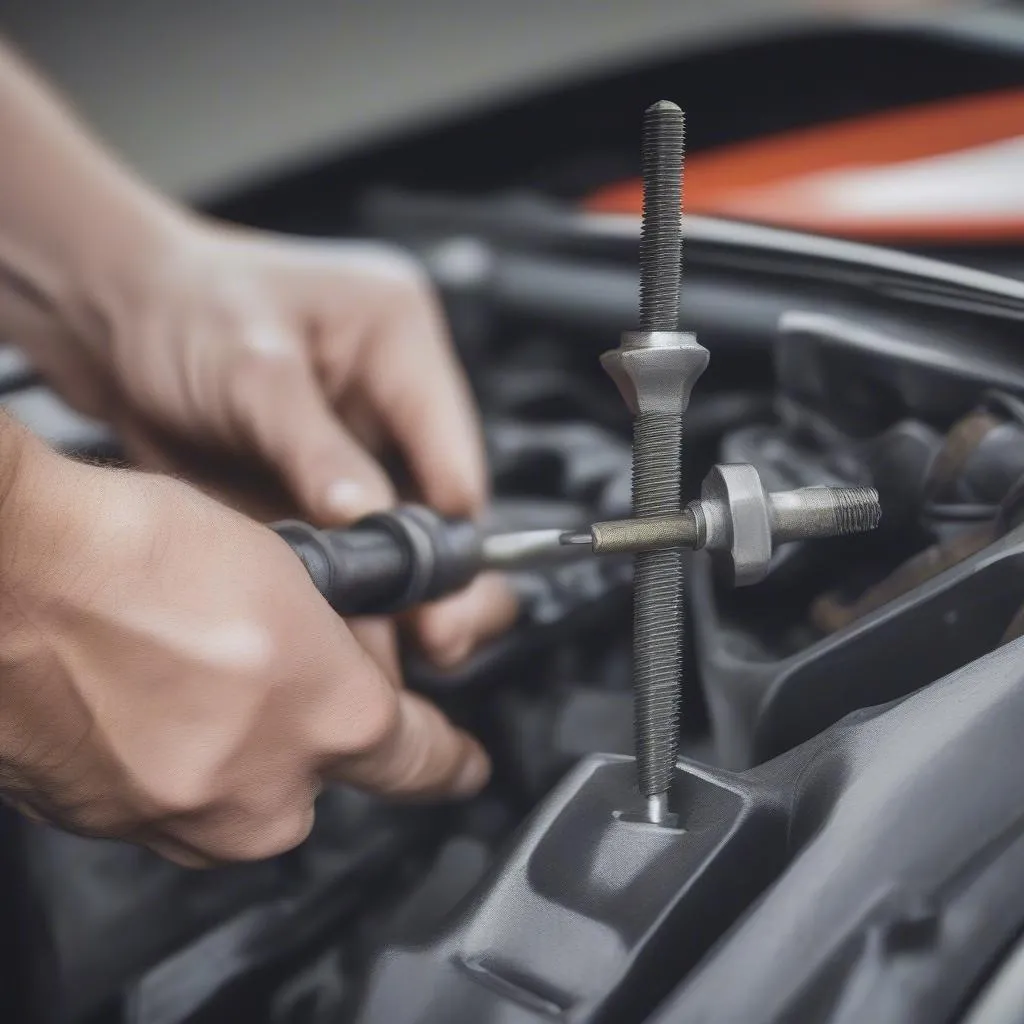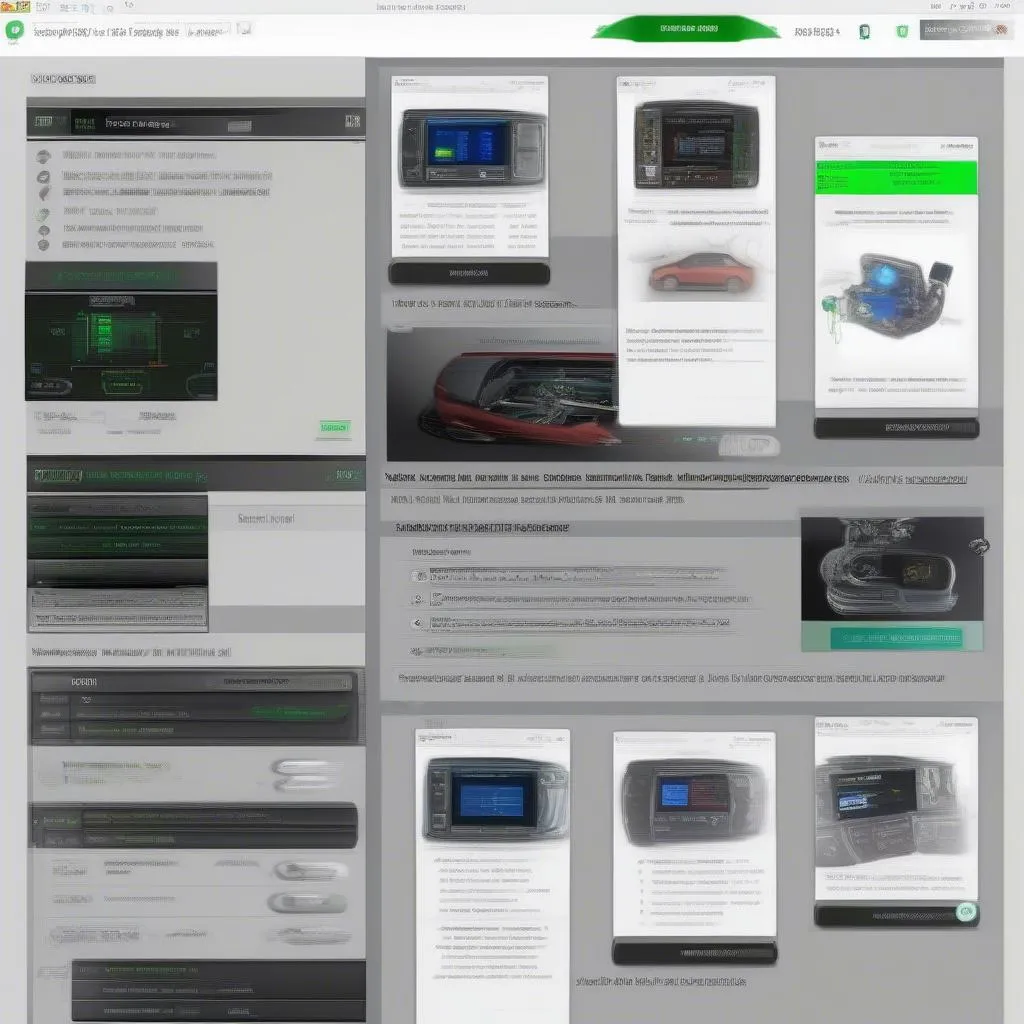Dealing with stubborn anti-theft license plate screws can be frustrating, especially those from DFDM National. These screws, while offering increased security, often pose a challenge when it’s time for removal. This guide provides a step-by-step approach to help you safely remove these screws and regain access to your license plate.
Why are DFDM National Anti-Theft Screws Used?
DFDM National anti-theft license plate screws are designed to deter theft. Unlike standard screws, they feature unique head patterns, making it difficult to remove them with regular tools. This is a common tactic to prevent license plate theft, a crime that can lead to further issues like vehicle impersonation.
Recognizing Anti-Theft Screws
Identifying if you have anti-theft screws is simple:
- Unique Head Pattern: Look for a non-standard head, such as a triangle, star, or a pattern with multiple points.
- Difficulty Unscrewing: If you’re unable to remove the screw with a standard screwdriver, it’s likely an anti-theft type.
Tools for Removal
Before you start, gather the following tools:
- Specialized Removal Tool: The most effective method is using a dedicated anti-theft screw removal tool kit. These kits are available at most auto parts stores and often include a variety of bits to fit different screw patterns.
- WD-40 or Similar Lubricant: A penetrating lubricant can help loosen the screw, especially if it’s rusted or over-tightened.
- Protective Gloves: Protect your hands from sharp edges and potential rust.
 Removing anti-theft license plate screws
Removing anti-theft license plate screws
Removal Procedure
- Identify the Screw Type: Carefully examine the screw head to determine the matching bit from your removal tool kit.
- Apply Lubricant (Optional): If the screw appears rusted or stuck, apply a penetrating lubricant like WD-40. Let it sit for a few minutes to allow it to work its magic.
- Secure the Bit: Firmly attach the correct bit to your screwdriver handle. Ensure it’s securely in place to prevent slippage.
- Apply Steady Pressure: Position the bit firmly into the screw head. Apply steady, downward pressure while turning the screwdriver counterclockwise. Avoid excessive force, which can strip the screw head.
- Remove and Replace: Once the screw is loose, carefully unscrew it by hand. If you’re replacing the screw, consider using standard screws for easier removal in the future.
Frequently Asked Questions
Q: Can I use pliers to remove anti-theft license plate screws?
A: While pliers might seem like a solution, they can damage the screw head, making removal even more difficult. It’s highly recommended to use the appropriate removal tool.
Q: What should I do if the screw head strips?
A: A stripped screw head requires more advanced techniques. You might need to consult a mechanic or use specialized extraction tools.
Q: Where can I find the correct removal tool for DFDM National screws?
A: Most auto parts stores carry anti-theft screw removal kits, often including bits compatible with DFDM National screws.
 Car diagnostic software for identifying electronic issues
Car diagnostic software for identifying electronic issues
Expert Insight: “Using the correct tools is crucial when dealing with anti-theft screws,” says automotive engineer, Dr. James Walker, author of “Automotive Security Systems: A Comprehensive Guide.” “Attempting shortcuts can lead to further complications and potential damage.”
Need Further Assistance?
While this guide provides a general overview, each situation can be unique. For personalized guidance on removing DFDM National anti-theft license plate screws, consider contacting a professional mechanic or reaching out to Cardiagtech for expert advice.
Cardiagtech specializes in automotive diagnostics, programming, and remote software installation for resolving various car issues. We’re dedicated to helping you get back on the road safely and efficiently.


